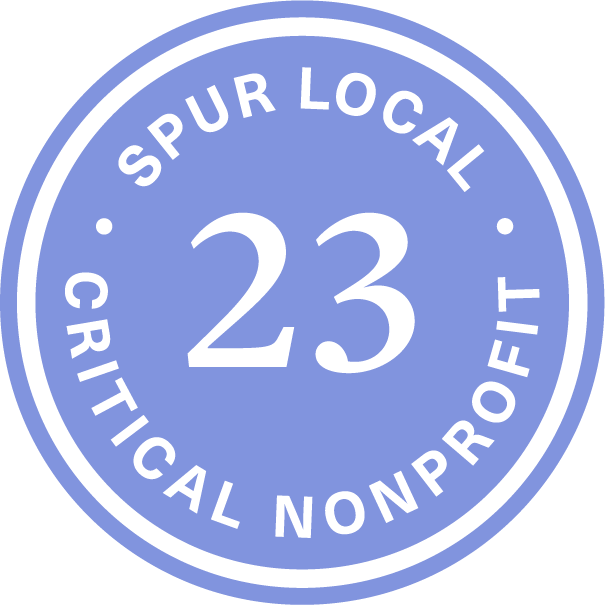Note: This is the sixth post in DASH’s ongoing What It Takes blog series, which examines and explains the various factors that make getting safe from abuse so difficult. Each post explores factors that survivors have to navigate on their journey to finding safety. Learn more about the campaign at the What It Takes page, and please spread the word: #WhatItTakesDC.
When a survivor of domestic violence decides to leave an abusive relationship, it doesn’t always mean they are deciding to leave their home or community. In places like DC, survivors who decide not to move are informed of their right to have their locks changed quickly in order to stay as safe as possible.
Deciding to Stay
Escaping abuse is often an isolating experience for survivors. In order to find safety, they are forced to uproot their families, leave their community and transfer schools. Leaving an abusive relationship is already difficult; it’s a time when survivors need support from loved ones more than ever. It’s understandable that some survivors choose not to leave their home, even if they are leaving their abuser. For these men and women, a DASH advocate strongly recommends that they get a protection order and change their locks as soon as possible, “don’t just change your locks,” she adds, “add new ones on the windows and all doors, and get a security system. Do everything you can to feel safe.” There are a few ways that survivors can get financial assistance for these precautions detailed below.
Danger Assessment
Before a survivor decides to stay in their home it’s important that they speak with an advocate to assess their situation. A DASH advocate warns that survivors don’t always realize the full danger of their relationship, “when you are in a domestic violence relationship, abuse, even intense physical abuse, becomes normalized. It can also be hard for them to believe that the person they love is capable of really dangerous behavior. But the reality is that the majority of domestic violence homicides occur when a survivor is trying to leave – it’s the most dangerous time for them.” It’s crucial therefore that survivors speak with a domestic violence advocate and do a danger assessment to ensure that staying is a safe choice for them. A danger assessment will look at whether or not the abuser owns a gun, the intensity and frequency of the physical abuse, drug use and past threats of violence.
A Temporary Step to Safety
Regardless of whether you choose to stay or leave your home the DASH housing advocate recommends that survivors get their locks changed immediately. Finding safe housing in DC is a process, it can take families months of looking and meeting with advocates to find a new place to stay, “we work with some clients over a period of several months trying to get them access to safe housing so they can leave their current situation,” says one DASH housing specialist. It’s important that survivors acted quickly after they’ve left their abuser, change the locks, obtain a protection order and find a new route to work and school. For some survivors changing locks is just a temporary solution in their long term goal of stability and safety.
A How to Guide
Regardless of whether changing the locks is a temporary or long term solution; survivors are able to apply for financial assistance, check out our housing resource page for more information.
Take Action
You can learn more about what it takes for survivors to get safe at WhatItTakes.org or donate to DASH to support access to safe housing for survivors.





